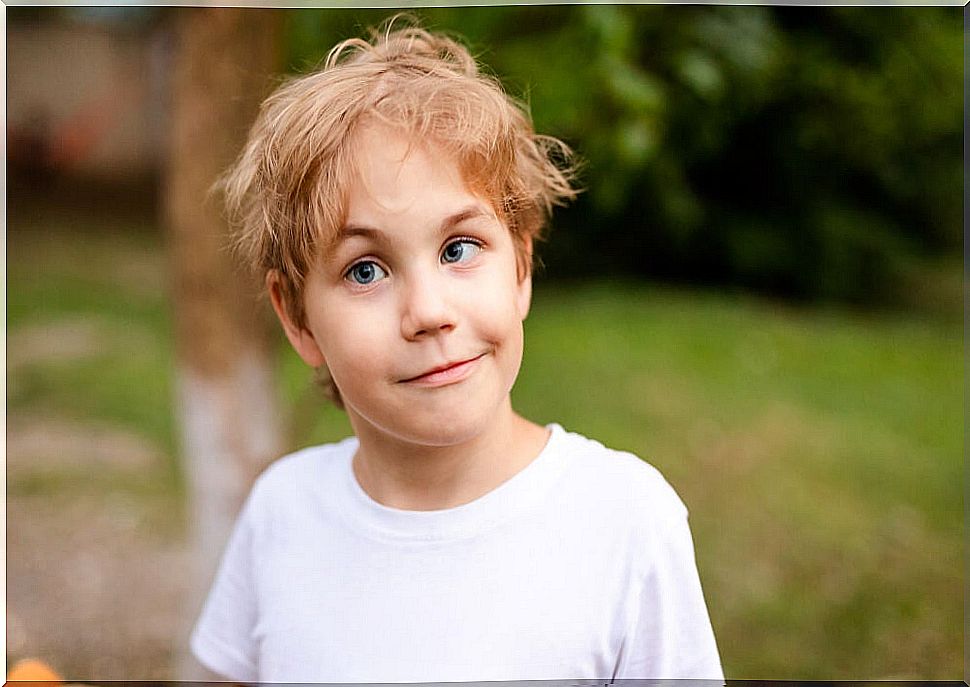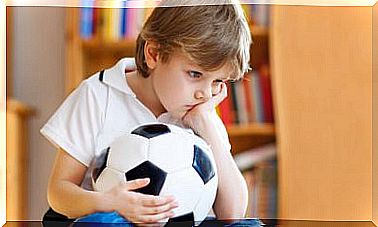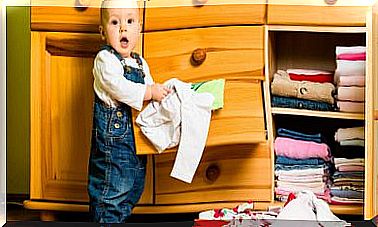Glaucoma In Children
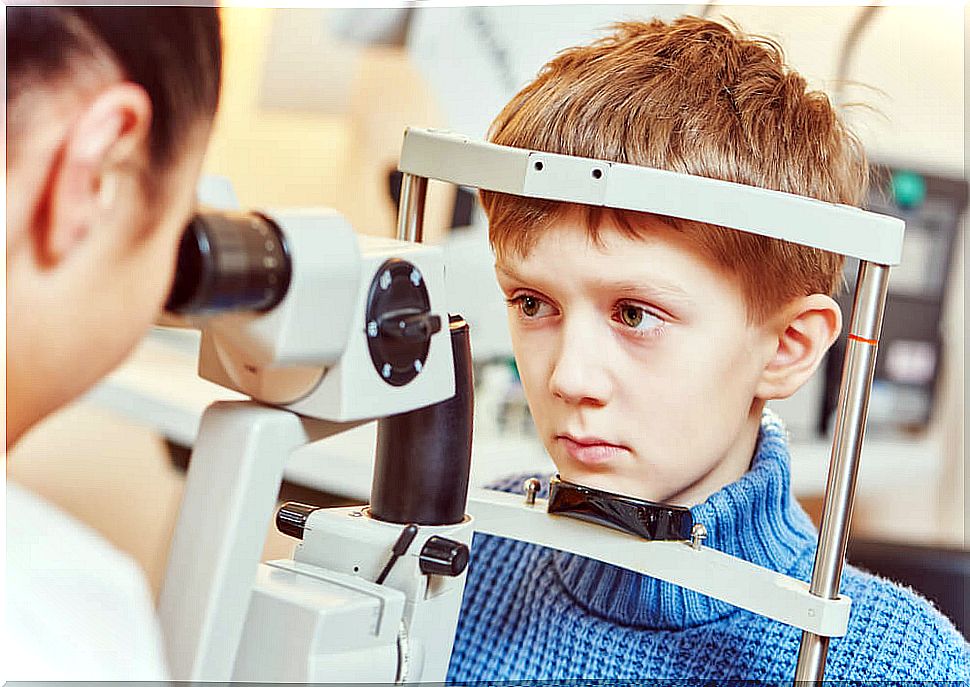
Glaucoma is a disease that occurs in the eyes and can lead to total loss of vision. We are going to see in this article what glaucoma in children implies, why it occurs and what its consequences may be.
What is glaucoma?
As we have said, glaucoma is an eye condition. It is mainly characterized by an increase in intraocular pressure due to a lack of aqueous humor drainage.
To understand it, it is necessary to know a little about the structure of this organ. First, the white covering that covers the eye for protection is the sclera, which is protected, in turn, by the conjunctiva.
In the front of the eye is the cornea, which is the transparent area that allows light to enter. In this area we also find the iris, which expands and contracts so that the pupil lets in more or less amount of light.
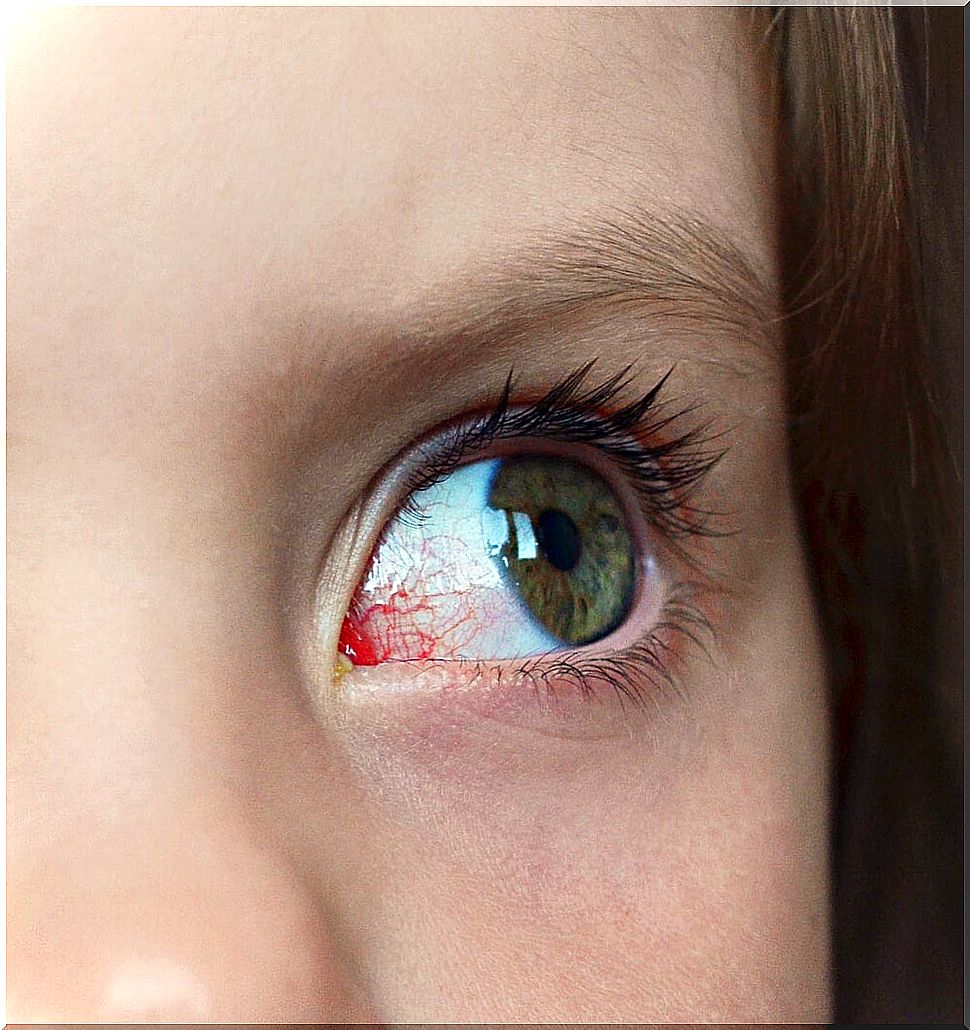
The light that enters is directed towards the lens, which is a kind of lens that projects light onto the inner lining of the eye, called the retina. There, the nerve fibers are responsible for carrying the information they receive through the optic nerve to the brain.
Within the ocular structure, we find two fluids called:
- Aqueous humor : it is found in the anterior chamber of the eye, nourishing the cornea and lens.
- Vitreous humor : it is located between the lens and the retina and is denser than the vitreous humor. It is responsible for maintaining the shape of the eyeball.
In the topic at hand, we will focus on aqueous humor, since it is what can cause glaucoma. The balance between the production and elimination of aqueous humor is what maintains an adequate intraocular pressure. In this sense, two pathological situations can occur:
- Increased production of aqueous humor.
- Decreased elimination or drainage of aqueous humor.
Why does glaucoma occur?
In short, glaucoma is caused by an increase in intraocular pressure, which is generally caused by a deficit in aqueous humor drainage. This deficit leads to an accumulation of this fluid, which increases the pressure and ends up damaging the optic nerve.
There are mainly two types of glaucoma:
- Chronic open-angle glaucoma : This is the most common form. It occurs gradually due to a decrease in drainage. It does not usually cause pain or sudden changes in vision.
- Closed or narrow angle glaucoma : it is a type of acute glaucoma, usually. Eye pressure rises rapidly because the iris blocks the drainage angle. It gives quite alarming and sudden signs, such as:
- Blurry vision.
- Severe pain in the eye
- Headache.
- Nausea and vomiting
Glaucoma in Children
Glaucoma in children is also called childhood, pediatric, congenital, or juvenile glaucoma. Although there are different classifications, we can differentiate three types of glaucoma in children :

- Congenital glaucoma: it is a rare congenital anomaly. It is not caused by any other disorder. It can affect only one eye or both. It occurs in infants and young children.
- Secondary glaucoma : In these cases, glaucoma is the result of injury, surgery, or another disease, such as Sturge-Weber syndrome. It is not common.
- Developmental glaucoma : it is associated with eye and systemic abnormalities already existing at birth.
Glaucoma in children can cause some symptoms, such as:
- Enlargement of the eyes due to dilation of the sclera and cornea with increasing eye pressure.
- Corneal opacity.
- Excessive tearing
- Redness
- Photophobia : sensitivity or pain in the eyes when exposed to light.
How to prevent glaucoma in children?
If left untreated, glaucoma in children can lead to total blindness due to damage to the optic nerve caused by increasing intraocular pressure.
This damage can be avoided surgically by creating a new fluid drainage system in the eye. Other more conservative treatments control eye pressure through drugs administered in the form of eye drops.
In short, if you detect a loss of vision in your child, be it progressive or sudden, partial or total, do not hesitate to consult your doctor. The ophthalmologist will be able to quickly detect whether or not it is this disorder and will prescribe the necessary treatment.
